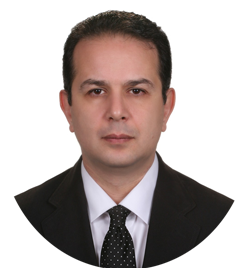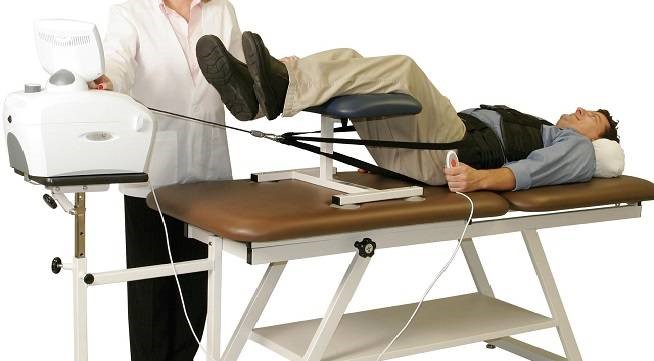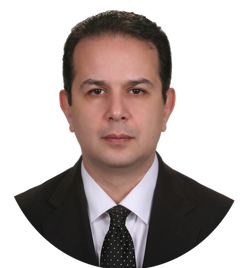The skeletal structure of the body is affected by the force of gravity and these effects intensify during waking and activity. In the sitting position, due to the abdominal muscles loosening, the entire trunk weight enters the spine.In lumbar intervertebral discs herniation, increasing of the lumbar curvature exacerbate protrusion. These include obesity, abdominal size, abdominal muscle weakness, wearing high heels, and so on. The basis of spine stretching is also to counteract this harmful effect.
In general, spine stretching is based on the use of manual or longitudinal mechanical forces on the spine axis; in other words, different parts of the spine are pulled in the opposite direction to alter and stabilize the injured region. The force is usually applied to the skull through a series of weights or stabilizers, and the patient must sleep on a bed with special clothing, causing the following physiological effects:
Application of spine stretching
- Increased intervertebral disc distance
- Prevention of adhesions inside the dural sheath
- Reduces pressure and inflammation on nerve roots and intervertebral disc
- Improved circulation within the epidural space of neural root canals
- Reduce pain, inflammation and muscle spasm
These techniques are commonly used on the neck and lumbar discs, but indication is limited and only effective in new cases such az bulging or protrusions not extrusions. Exercise therapy is necessary and better for continued stretch. It is possible to do mechanical stretching of the spine only if it cannot be done by manual stretching or other methods. It should be noted, however, that the effects of this stretch appear after a period of time and should not continue if the desired result is not achieved.
Contraindication:
This technique is contraindicated in dieases such as osteoporosis, infection,tumors or neck rheumatoid arthritis.Some physical conditions, such as pregnancy, cardiovascular disease, hernia, and in some cases, temporomandibular joint injury, make patients unable to use this technique. In these situations, the force applied to the stretch can be dangerous to the patient
effect.
In general, spine stretching is based on the use of manual or longitudinal mechanical forces on the spine axis; in other words, different parts of the spine are pulled in the opposite direction to alter and stabilize the injured position. The force is usually applied to the skull through a series of weights or stabilizers, and the patient must lie on a bed with a special dress, causing the following physiological effects:
Increased intervertebral disc distance
Prevention of adhesions inside the dural sheath
Reduces pressure and inflammation on nerve roots and intervertebral disc
Improve circulation within the epidural space of neural root canals
Reduce pain, inflammation and muscle spasm







